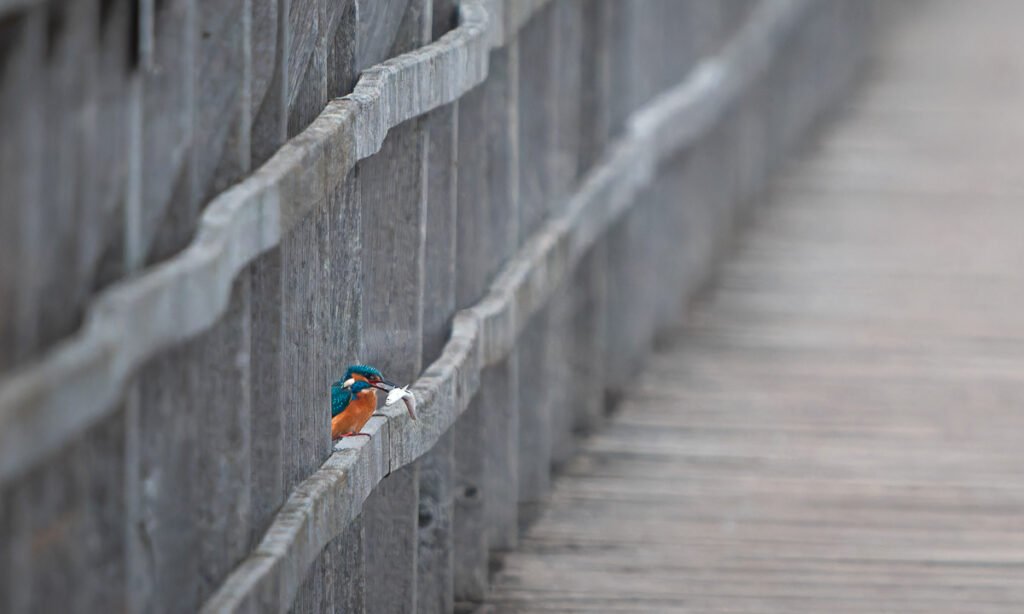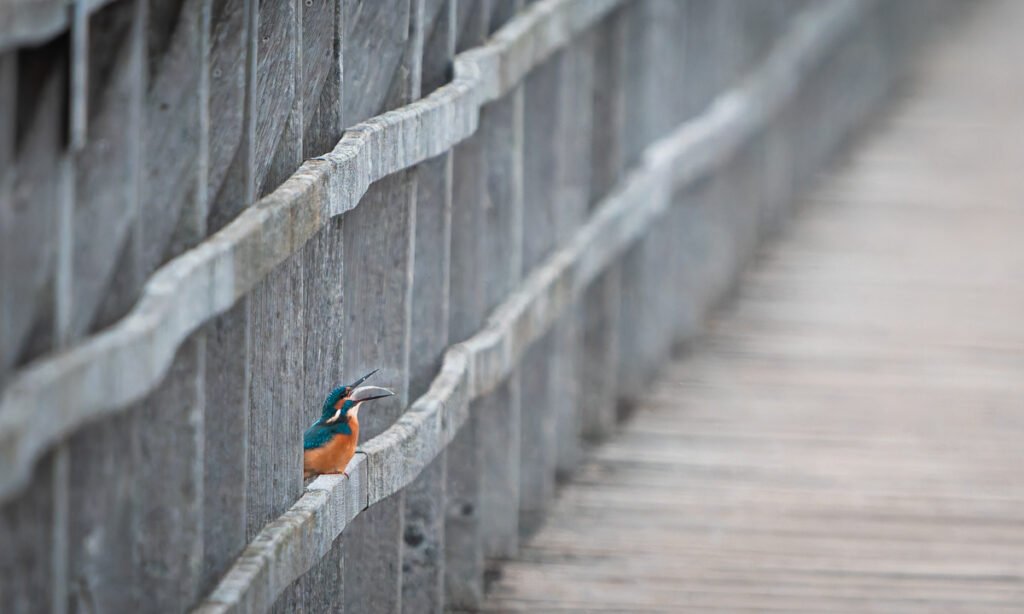Tucked away in the Swabian region of southern Germany lies Lake Federsee, also known as “Feather Lake”. This captivating Special Protection Area is most likely named after the Celtic word “pheder,” meaning marshland or bog, though some might say its name reflects the feather-like shape when seen from above. Perhaps the most fitting reason for its name lies in the incredible diversity of birdlife that graces its waters, making it a true haven for nature lovers and wildlife photographers alike.
Lake Federsee is home to over 200 species of birds, including rare and protected species. In fact, the lake’s diverse wetland habitats provide an ideal environment for waterfowl, waders, and other birds, making it a rich subject for photographers seeking to capture them in their natural habitat.
For this reason, Lake Federsee is one of my favorite destinations for bird photography because you are almost guaranteed to observe and photograph beautiful, rare birds when visiting.
Knowing that during this time of the year up to over 100 hen harriers (Circus cyaneus) make Lake Federsee their winter quarters made it an ideal destination for a photography session. Once common, these majestic birds of prey are a rare sight in southern Germany nowadays, mostly due to habitat loss, human disturbance, and unfavorable environmental conditions.
The day started early as the lake is about a 2 hour drive and I wanted to arrive at or just prior to first light. Once there, we set off onto the pier in search for birds, always keeping an eye out on the sky for a hen harrier sighting. To my great surprise, the first birds we saw were a pair of Bearded reedlings (Panurus biarmicus). The two had apparently chosen to stay at the lake for the winter time. I had been to Lake Federsee before with the aim of photographing these beautiful birds but had never spotted one. So naturally, I was quite excited and finally got my very first photos of these beautiful little birds.

Continuing the walk over the pier, we spotted a common kingfisher, smacking a freshly caught fish onto the wooden planks, just to swallow it a few moments later. Lake Federsee and its inhabitants are always up for a surprise after all! Seeing a common kingfisher is always exciting! These birds are one of the most magnificent in Germany due to their flamboyant coloration and interesting behavior.
These territorial birds have to eat at least 60% of their body weight in food every day. To achieve this, they are perfectly adapted for ambushing on fish and other small aquatic animals from above the water’s surface. Usually, they position themselves about 1-2m above the surface on a perch or alike. Here, they already have the first trick up their sleeves: Their eyes can polarize light, thereby reducing the light reflections off of the water, allowing them to spot prey more easily. They basically have built-in polarized glasses!
Once a suitable fish is spotted, they nosedive into the water up to 30cm deep. As soon as they hit the water, their eyesight switches from “terrestrial mode” to “aquatic mode” thanks to a third eyelid as well as a particular anatomic feature of their eyes: Two foveae per eye in combination with an egg-shaped lens. The fovea is the retinal region with the highest density of light receptors – i.e. the region where eyesight is at its sharpest. Compared to land animals that usually only have one fovea per eye as well as a spherical lens, the egg-shaped lens of the kingfisher’s eye allows it to focus on either of the two foveae. So, even under water, the kingfisher has binocular vision – a key characteristic of predatory animals as they need to judge distances to a prey animal.
Isn’t it amazing how evolution has fine-tuned each of its creations over millions of years?
Further down the pier, numerous Common merganser (Mergus merganser) were sitting on the water’s surface, diving for fish and occassionally taking off. Watching aquatic birds is always fun, especially during take-off, so we decided to stick around for some time, trying to capture that exact moment. Unfortunately, very few of the birds took off heading towards us. And if they did so, the photographer was too slow on the shutter button… I guess practice makes perfect, but there is also a little luck involved when out photographing wildlife 😉
However, I managed to capture one of them in flight over the lake’s frozen surface, which I think makes for a great, smooth background. Notice the hooked beak they use to catch and hold on to prey – glad I’m not a fish!

Like all good things, also this day had to come to an end. Ultimately, after some very enjoyable hours at Lake Federsee, the cold did start to creep. After all, it was below 0°C throughout the day and I was standing, sitting or laying around most of the time. And although we had not seen any hen harriers from up close enough for some decent images that day, the numerous birds we did observe made this trip a very special one.
So, I headed back home – tired but happy and with roughly 800 photos, ready to be sorted and processed.
I am already looking forward to the next trip to this amazing location!

